It was good of the EFG London Jazz Festival to support this concert and bring in a different audience from the one the LSO is used to. But how to define it? Jazz only briefly figured in works by Gary Carpenter, Bartók, Barber and Abel Selaocoe. The only category would seem to be All Things Vital and Dancing. Anyone who’d come just for the phenomenal South Africa-born cellist, singer and composer must have been riveted by the rest, too.
Charismatic conductor Duncan Ward, as attractive in presenting the works as in sinuously conducting them, would seem to have played a major part in the programming. No-one in the orchestra had previously played Medea’s Dance of Vengeance, a big surprise from the often softcore Samuel Barber, but Ward was hooked on it as a 13-year old, hearing it on Radio 3 as his mother was driving him to a swimming lesson. He made them both sit in the car until it was finished, and this performance made you understand why. It’s packed with hooks in the form of pliant themes and lurid riffs, starting with xylophone and passing to orchestral piano (Philip Moore). A distillation of the ballet Barber composed for Martha Graham in 1946, it's a kind of "Salome’s Dance" distilling the essence of the Eastern enchantress’s multifaceted personality. It beguiled from start to finish. 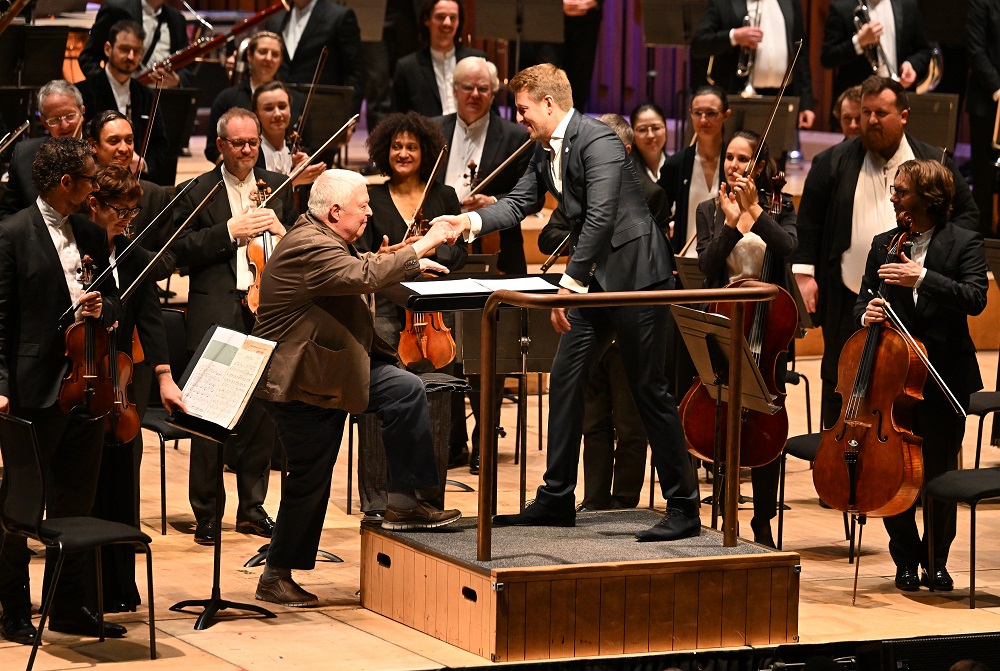
If the earworm I took away from the concert was the dreamy ritornello Bartók uses to connect his dances, the biggest revelation had to be Selaocoe’s performance of his Four Spirits. The already great man only has to walk on stage to make you feel good, and once the performance begins, the music just flows from him without a second’s drop in intensity. This is more a continuous tone-poem than any kind of concerto, though there are riveting cadenza-like connecting passages in cello and voice dialogues with the stunning percussionist Bernhard Schimpelsberger (pictured below). As the work involves not only some groundbreaking cello effects, but also overtone singing (umngqokolo) and other beautiful vocal melismas, it can’t belong to any other artist but Selaocoe, and it’s portable, or rather variable, in that it doesn’t necessarily need the full orchestral arrangement made by Benjamin Woodgates. 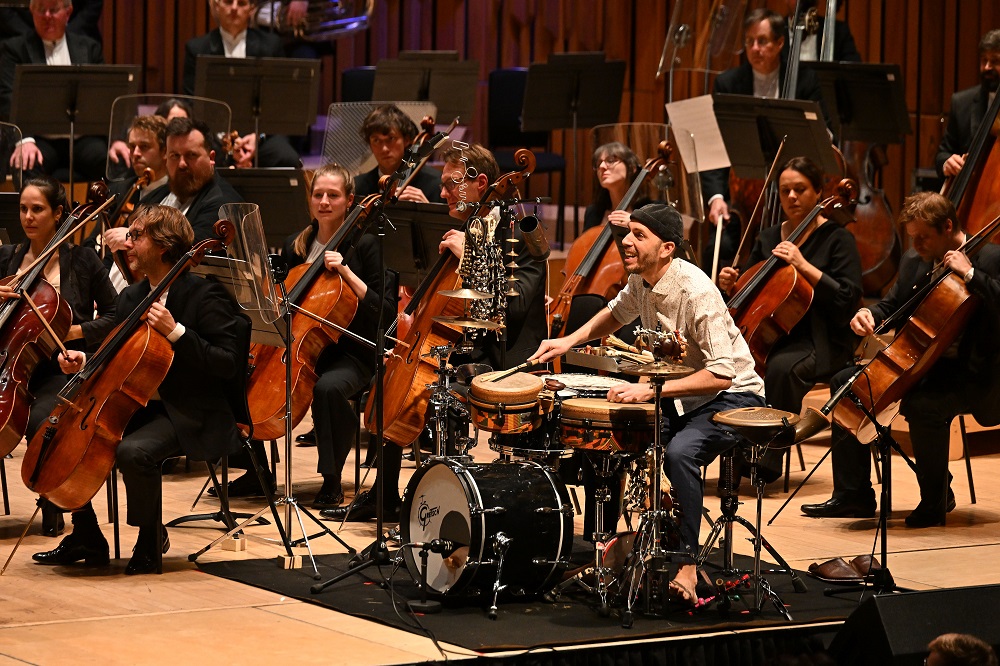


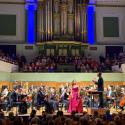
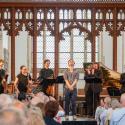
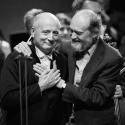








Add comment